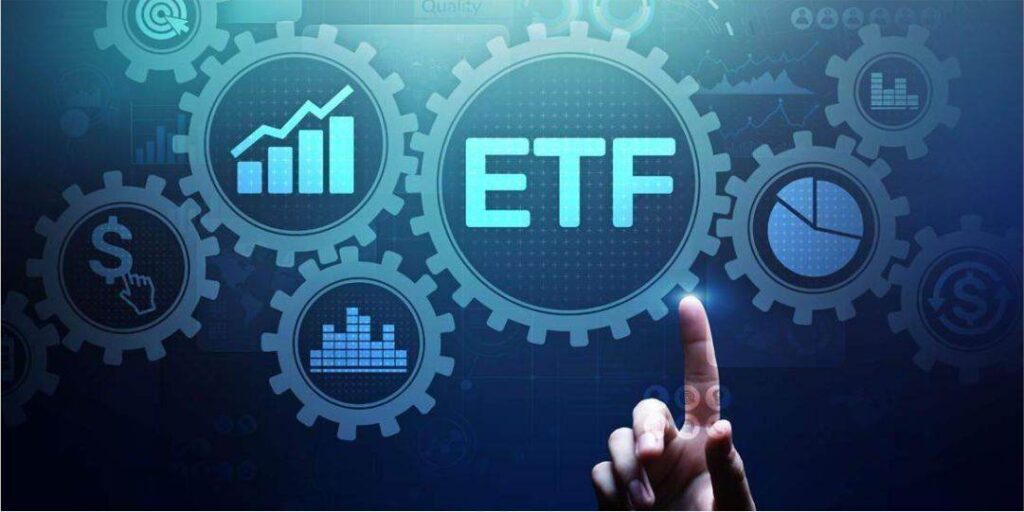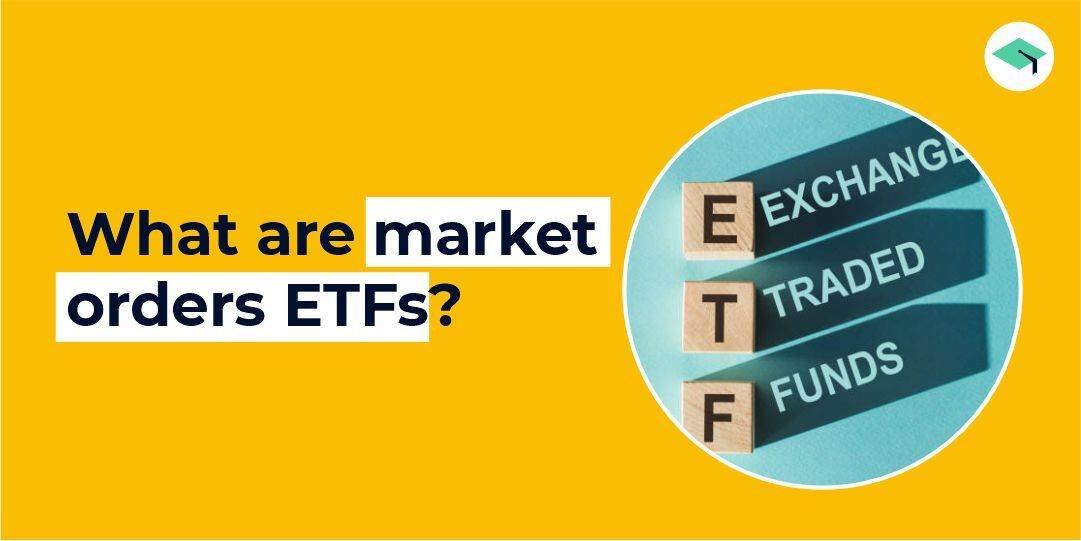Investors can invest in exchange-traded funds to acquire access to an index, a commodity, a bond, or a basket of assets, similar to an index fund. When investing in ETFs, an investor can choose from various order types. i.e.: market order or limit order, each having significant differences affecting the price.
When it comes to trading ETFs, should investors prioritize price or speed? Although there is no definite answer to this topic, distinguishing between market and limit orders might help you make more intelligent selections.
We’ll go over the differences among order types and why an individual might prefer one over the other.
Market orders: A type of order that ensures execution
A market order is an order to purchase or sell an ETF at the next best price available. If there is contra-side liquidity, a market order is almost always executed, but not at a price.
It’s not the same as a limited order, which specifies the maximum price you’re willing to buy or the lowest price you’re ready to sell. If there are no contra-side orders at the price, a limit order is guaranteed at a price but not execution.
If you place a market order, you take the chance that the prices are accessible when the venue receives your order and are the same as the ones you had seen when you sent the order in the first place.
For example, if you sent a market buy order, the ETF’s prices remain the same or fall while your order was in transit.
Even if the following available prices are worse for you than the previous ones, you will still receive your assured execution. A notable difference between a market order and a market-on-close order, which intends to participate in the official exchange auction and then execute at the closing price.
Even though shares can always be redeemed with the issuer at the end of the day to tidy up the market maker’s holdings. An ETF market maker should theoretically be interested in buying and selling an unlimited amount of ETF shares at their fair value price.
However, this does not imply that an ETF market maker will place an unlimited number of ETF shares on the bid or offer price throughout the day, every day, or when an investor’s market order hits the exchange’s order book. For an ETF market maker, the expenses of attempting to adopt such a strategy far exceed the benefits.
Market makers for ETFs must consider the number of ETF shares they are quoting throughout the industry’s ETFs. They distribute their bids and offers throughout most US equities exchanges and off-exchange venues during the trading day to gather as much customer order flow as possible.
However, there’s only so much liquidity available at any particular time during the trading day. While an ETF market maker may be ready to price an entire order at fair value and buy or sell the ETF shares that an investor wishes to trade, finding and interacting with such liquidity takes time. A market order won’t always do that since it changes as soon as it enters the market.

Limit orders: A type of order that has a safety feature
A limited order will eventually arrive at a fair value price, but it will take some time while waiting for a contra-side order.
A limit price specifies the highest price at which you are interested in buying an ETF or the lowest price at which you want to sell an ETF to the market maker.
An investor can fix that value higher (or under) the best available offer (or Bid) to allow short-term price changes while still protecting against significant fluctuations.
Why is it important to select the correct order types?
When choosing the proper order type, the investor must examine what risks they are ready to tolerate in their execution plan. This entails selecting more important: transaction execution speed or trade price protection.
Limit and marketable limit orders can help you take advantage of the time it takes for an ETF market maker to replenish their liquidity supply to execute the trade properly.
FAQs
What is a market order?
A market order is an order to purchase or sell an ETF at the next best price available. If there is contra-side liquidity, a market order is almost always executed, but not at a price. For example, if you sent a market buy order, the ETF’s prices remain the same or fall while your order was in transit.
What is an ETF?
An ETF stands for exchange-traded fund (ETF). One single ETF is a basket of securities that can be bought and sold like mutual funds through a brokerage firm. ETFs track a specific index such as S&P, sector, commodity, or other assets. Much like stocks, ETFs can be traded on the market.
Are ETFs good for beginners?
ETFs are generally suitable for beginners as they are inexpensive compared to a few other investment tools. ETFs have a diversified asset profile, reducing the risk associated with the investment significantly.
